Everest Hopefuls 'Camp' At Home To Avoid Covid-19 In Nepal
Mountaineer Akash Neggi is fully prepared to take on the world's highest mountain -- after spending several weeks sleeping in a tent in his living room in New Jersey.
As Nepal battles Covid-19, a growing number of climbers are using oxygen-deprivation tents ahead of their expeditions to reduce exposure to the coronavirus by cutting down the length of their Himalayan adventure.
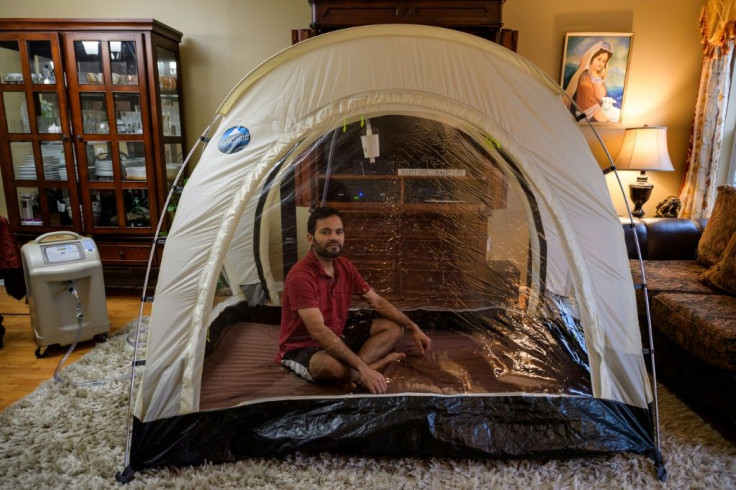
Mount Everest aspirants typically spend eight days trekking from Kathmandu to base camp at 5,364 metres (17,598 feet), using the journey to acclimatise to high-altitude conditions.
But this year, more than 30 mountaineers have already been evacuated from base camp for medical reasons since the start of the spring climbing season in April -- with three known to have contracted the coronavirus.
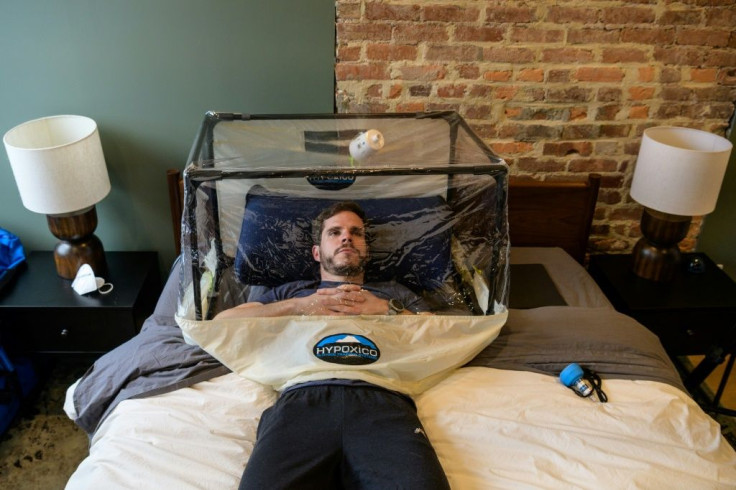
Neggi, a seasoned climber, used the chamber as he did not have enough vacation leave for his expedition. But he is now relieved to have avoided the extra days on the ground.
"During the trek, people were staying at tea houses together and meeting other teams," he told AFP in Kathmandu ahead of his helicopter flight to base camp.
"It is hard to say where people were infected, but I am glad I was able to skip that crowd."
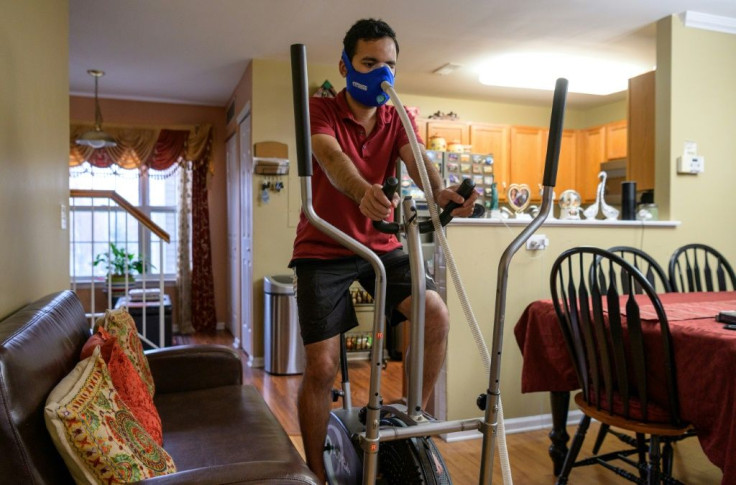
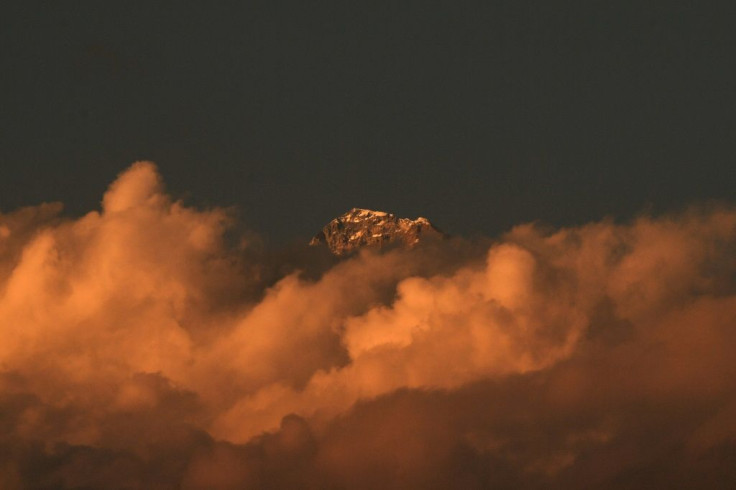
The 29-year-old American slept in the plastic-domed tent -- attached to a machine that sucks oxygen from the air and replaces it with nitrogen -- for up to 10 hours every day.
Neggi also wore a face mask attached to a device that reduced his oxygen supply as he exercised on a stationary bike.
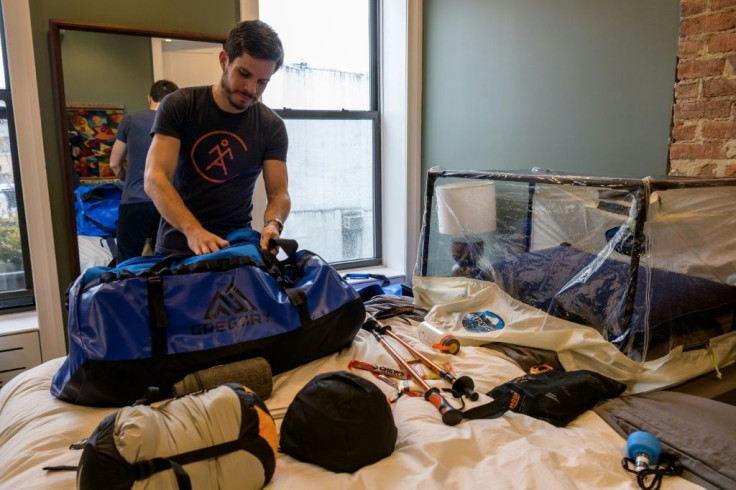
Another mountaineer, 34-year-old Francisco Martin from Spain, would lie in bed every day with his head and some of his upper body covered by a sealed plastic frame attached to a machine.
For two months, he slept and worked on his laptop inside the chamber as his body adapted to the lower levels of oxygen ahead of an expedition to Lhotse, the world's fourth-highest mountain.
"At the very beginning... it was very hard to breathe as I was acclimatising," Martin told AFP from his New York home.
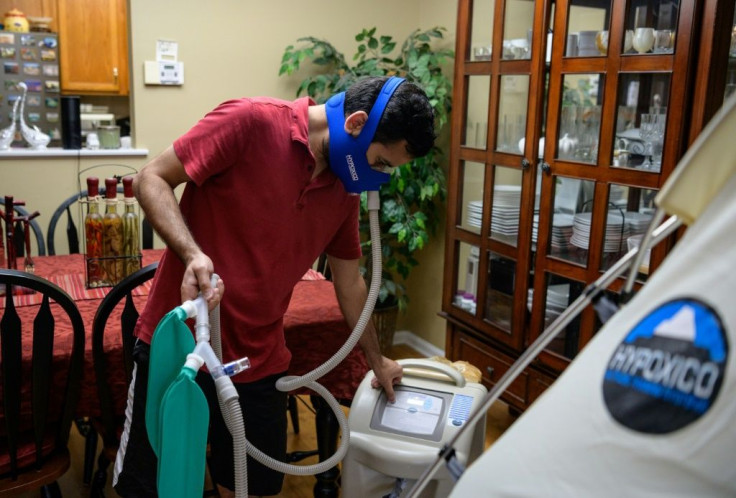
"Now, I'm completely good. I can do phone calls. I have done jobs interviews at 6,400 metres (in) my tent and I have been... fine."
Acclimatising at home could mean reducing an Everest trip from eight weeks to just four, but it comes with a hefty price tag.
Climbers can pay up to $85,000 for their shortened trek and tent experience -- almost double some estimated costs to scale Everest.
But the method -- which alone can cost thousands of dollars -- is gaining popularity among professional and amateur athletes wanting to improve their lung capacity.
By spending time in a hypoxic tent, mountaineers also go through the arduous process without sacrificing their strength ahead of their Everest attempt.
"You don't get that weak as you would when you stay for eight or nine weeks at high altitude," Lukas Furtenbach, who runs Austria-based Furtenbach Adventures, told AFP.
Brian Oestrike, the chief executive of the world's biggest supplier of such chambers, Hypoxico Altitude Training Systems, told AFP the pandemic has seen more climbers using their equipment.
Even those not planning for shorter expeditions are using the items as they want to reduce their virus exposure by training indoors, he said.
With Nepal issuing a record 408 permits this year and most Everest climbers led and supported by local guides, more than 800 mountaineers could be making their way to the summit this season.
The nation of 28 million people has been recording an average of 9,000 daily Covid-19 infections recently, making adventurers such as Martin grateful for the shortened trip.
"Despite being vaccinated against Covid, I don't know if (I) can be a carrier," he said.
"So I also wanted to minimise potential exposure to unvaccinated people... (the) last thing I want to do is get anyone sick."
© Copyright AFP 2024. All rights reserved.





















